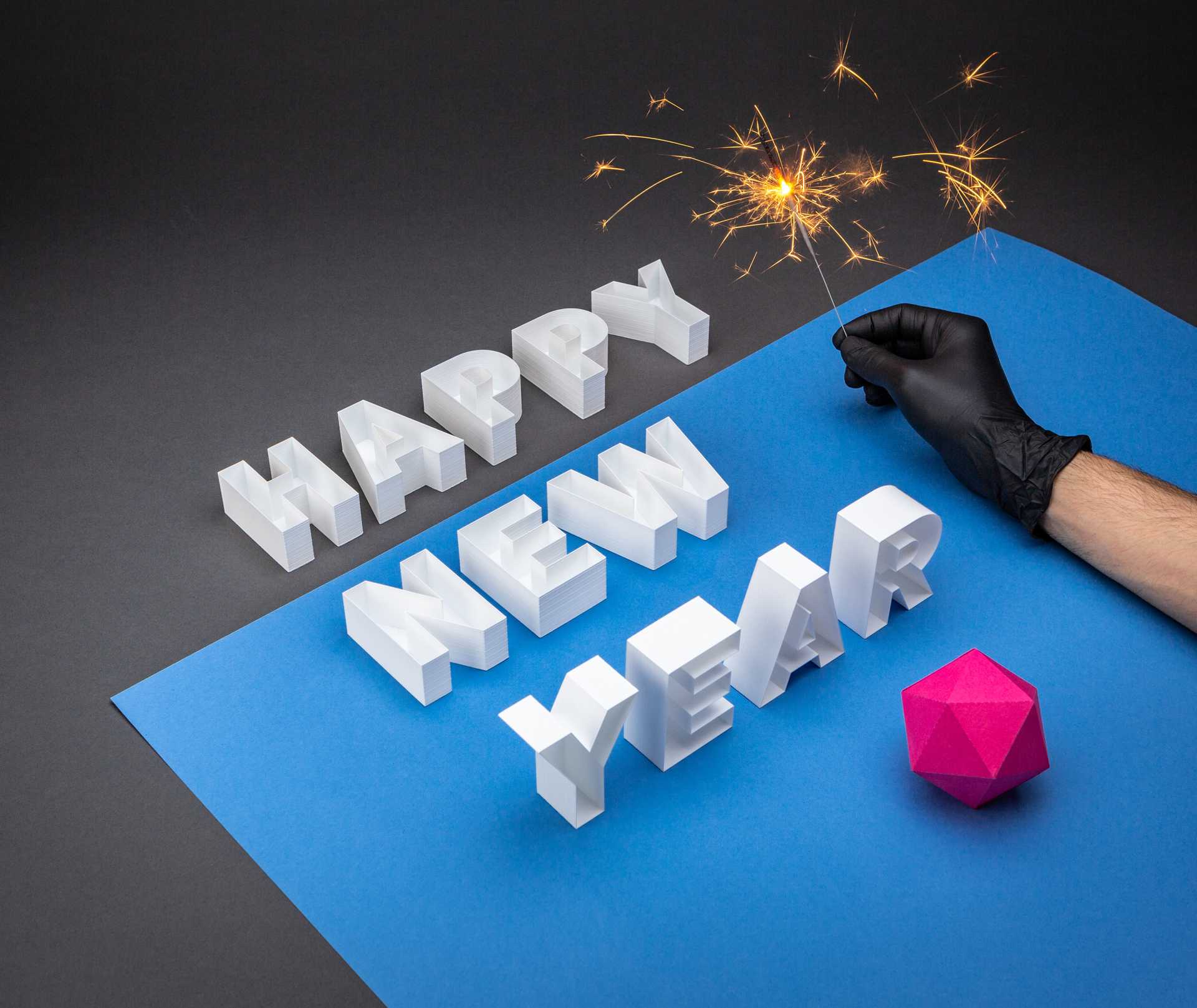Gold has risen by 20 to 30% since the beginning of the year, depending on the investment medium: ounce of gold, bullion, napoleon, gold tracker. It is tempting to replenish one’s stockpile. But as with any investment, you need to give yourself time to think about it and weigh the pros and cons carefully.
Gold investment is fascinating. According to an Opinion Way survey, 73% of savers consider the yellow metal as a relevant solution to protect their savings. Nearly 14% of our fellow citizens say they own gold in the form of coins or bars and all social categories are concerned. The gold stockpile is estimated at 3,000 tons, i.e. 160 billion euros at current prices.
Still a safe haven?
But isn’t it too late to buy? The question is whether gold is still a safe haven and if so, against what danger: hyperinflation, a global recession and/or a stock market crash.
Economist Marc Touati explains it well in his latest book “Reset” (Bookelis, 17€). In fact, gold protects your savings but in a very imperfect way. Gold did not rise between 2000 and 2003 (the burst of the internet bubble). It played its role between 2008 and 2011 (subprime and sovereign debt crisis), with a peak at 1,900 dollars per ounce in September 2011.
In 2020, it is progressing but not in a linear way. On Friday 28 February, in the midst of the coronavirus stock market crisis, the price of gold in New York lost up to nearly 5% in the session, for technical reasons: professional investors sold, taking their profit to cover loss-making positions on equity derivatives. At the beginning of March, bis repetita. The ounce lost 8.6% in the week ending March 13, its worst performance in five trading days in a decade!
Le Revenu has never been a big fan of gold. When you buy a stock, you are investing in a company. If it is increasing its profits, it is logical that its value will increase.
With gold nothing like that. The yellow metal distributes neither income nor interest. Unless one defends the idea that commodities have entered a sustainable cycle of rising prices because demand is more dynamic than supply, there is no reason why an ounce should increase in value over time like a share.
With parsimony
In fact, this is not the case. Savers who bought gold at its peak in 1980 took 28 years to recover their investment! Worse, if we take inflation into account, they are still losers forty years after having invested in an asset they thought was risk-free…
In short, you can buy them but sparingly, up to 5 to 10% of your financial investments.
The choice of the investment medium is far from obvious. Each medium has obvious limits. Gold trackers pose counterparty problems (what will happen to the fund if the issuer goes bankrupt). Physical gold is difficult to keep safely unless you pay exorbitant custody fees (2% and more). Gold mines listed on the stock exchange have to deal with rising production costs that weigh on their profitability.
In fact, it all depends on your priorities and your personal taste. The simplest is the tracker which invests directly in physical gold held in vaults. The tracker specialist WisdomTree offers Gold Bullion Securities listed on Euronext Paris (GB00B00FHZ82). It is the reference in the field. The fees are 0.4% per year.
Physical gold (napoleon 20 francs, bullion, ingot) can also do the trick. Only physical gold allows you to take full advantage of the safe haven attribute of gold. The easiest way is to contact a financial institution. All banks, except La Banque Postale, have a gold department, often attached to the securities department.
Never open the bag
Some establishments offer to keep the physical gold for you. Count 2% of fees when buying, 2% when selling and 2% of custody fees, to be negotiated.
Since 2004, gold is no longer quoted in Paris. There is no official price, only a reference price communicated each day by CPor Devises, a specialized bank to which the major networks subcontract their gold service.
Always buy in a sealed bag. The objective is twofold: to protect your coins (the slightest scratch can lead to a discount) and to guarantee traceability. Never open the bag, otherwise on the day of resale, your coins will have to be re-examined by an expert.
